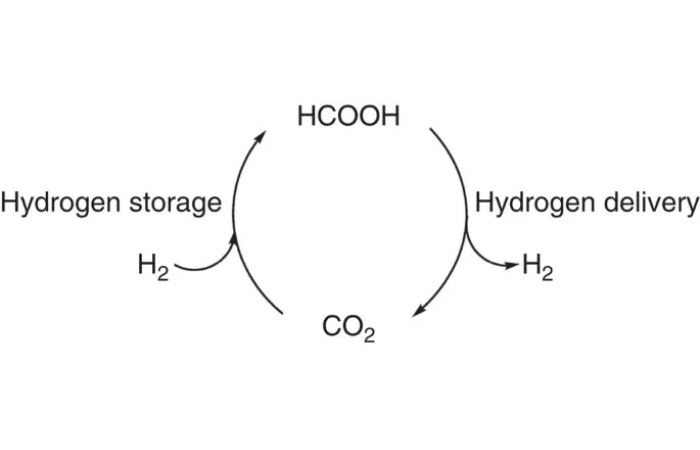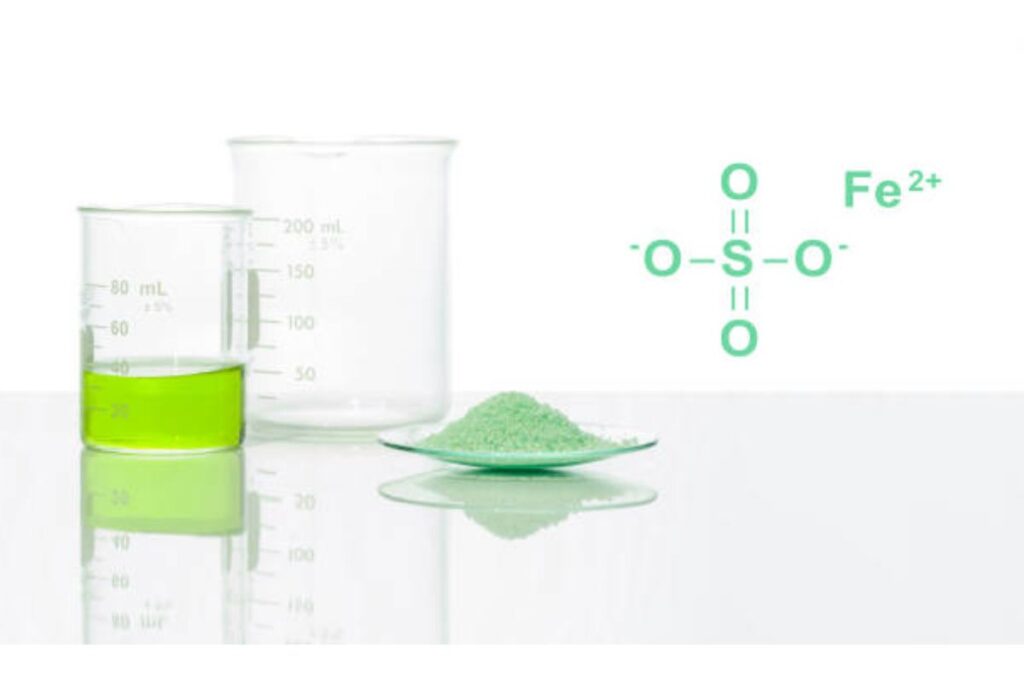HCOOCH CH2 H2O: Methyl formate, with the chemical formulation HCOOCH₃, is a simple ester widely used in many industrial processes. Its hydrolysis reaction with water (H₂O) leads to the creation of formic acid (HCOOH) and methanol (CH₃OH). This reaction is fundamental in organic chemistry, as it illustrates the principles of ester hydrolysis and, at the same time, is of great industrial importance.
The reaction can occur below acidic or basic situations, each with unique advantages. A detailed understanding of the hcooch ch2 h2o process provides insight into its chemical significance and practical applications.
HCOOCH CH2 H2O: The Chemical Reaction
The hydrolysis of methyl formate is a simple reaction that involves the cleavage of the ester bond to harvest an acid and an alcohol. The chemical reckoning is written as follows:
HCOOCH₃ + H₂O → HCOOH + CH₃OH
This reaction demonstrates how water, often in the incidence of an acid catalyst, attacks the ester molecule to produce two distinct products. The reaction mechanism emphasizes the role of nucleophilic substitution, where water acts as the nucleophile. Under acidic situations, the carbonyl group of methyl formate is protonated, increasing its reactivity and facilitating ester bond cleavage.
In industrial applications, acid hydrolysis is favored due to its efficiency and skill to produce high yields. Base hydrolysis, while efficient, presents several challenges, such as the need to neutralize the subsequent solution.
HCOOCH CH2 H2O: Reply Mechanism
The hydrolysis of methyl formate occurs through a series of distinct steps, particularly under acidic conditions:
Protonation of the Ester
In the early step, the oxygen atom of the carbonyl group of methyl formate is protonated by an acid. This upsurges the electrophilicity of the carbonyl carbon, making it more attractive to nucleophilic attack.
Nucleophilic Attack by Water
A aquatic molecule attacks the protonated carbonyl carbon, resulting in the making of a tetrahedral intermediate. This intermediate is a temporary structure containing the original ester and the added water molecule.
Rearrangement and Bond Cleavage
A proton transfer occurs within the intermediate, facilitating the cleavage of the ester bond. This step releases methanol as a byproduct, leaving a protonated formic acid molecule.
Deprotonation of Formic Acid

In the last step, the protonated formic acid loses a proton, starting the stable product, formic acid.
This mechanism highlights the effectiveness of catalytic acids in hurrying the reaction and ensuring high produce yield. It also illustrates the fundamental values of nucleophilic replacement and bond breaking in organic chemistry.
Industrial Applications of Hydrolysis
The hydrolysis of methyl formate has critical industrial requests due to its ability to produce formic acid and methanol, two beneficial chemicals.
1. Formic Acid Production
Formic acid, known as methanoic acid, is widely used in various industries. Its applications range from leather processing and fabric dyeing to agriculture, where it acts as a preservative and antibacterial agent. The simplicity and competence of methyl formate hydrolysis make it the preferred method for producing formic acid on an industrial scale.
2. Methanol Production
Methanol is a highly versatile chemical with requests in fuel manufacture, chemical synthesis, and as a solvent. It is an essential precursor for manufacturing formaldehyde, acetic acid, and plastics. Methanol’s role in clean energy, particularly fuel cells, underscores its rising position in global markets.
The ability to produce these two mixes from a single response highlights the efficiency and value of methyl formate hydrolysis in industrial environments.
Factors Influencing the Reaction
Several factors effect the hydrolysis of methyl formate, moving both the reaction rate and yield:
- Catalysts
Acid catalysts, such as sulfuric acid, are commonly used to accelerate the reaction. They act by protonating the ester, increasing its reactivity.
- Temperature
Higher temperatures provide the energy needed to overwhelmed activation barriers, resulting in faster reaction rates. However, excessive heat can cause unwanted side reactions, so temperature control is essential.
- Water Availability
Using excess water helps accelerate the reaction toward product formation. According to Le Chatelier’s principle, confiscating one of the crops, such as methanol, also shifts the equilibrium to favor the completion of the reaction.
- Reaction Environment
The choice between acidic and basic conditions meaningfully affects reaction efficiency and byproducts. Acid hydrolysis is often preferred because of its simplicity and clean product separation.
HCOOCH CH2 H2O Safety Considerations
Handling methyl formate reagents and hydrolysis products needs careful attention to safety protocols. Methyl formate is highly combustible and can be toxic if panted or swallowed.
Formic acid is destructive and can cause severe skin burns or eye damage. Methanol is also toxic and flammable and poses potential health risks if exposed. Proper storage, personal protective equipment (PPE), and drying are important to ensure safe handling and prevent accidents.
Importance in Biological Chemistry
The hydrolysis of methyl formate is a perfect response in organic chemistry that illustrates key concepts such as nucleophilic substitution and equilibrium dynamics. It is a fundamental reaction for understanding ester chemistry and the role of catalysts in bond-breaking processes. The relevance of this reaction transcends the laboratory, offering practical prospects for chemical production on an industrial scale.
Conclusion
The hydrolysis of methyl formate to formic acid and methanol is more than just a biological reaction. It is a critical process with broad applications in industrial chemistry and other fields.
Understanding the reaction mechanism, improving conditions, and ensuring safe practices enable the efficient production of these valuable compounds. Whether in the laboratory or large-scale production, this reaction continues to demonstrate the power of chemistry to solve real-world challenges.
Frequently Asked Questions
1. What is the chemical calculation for the hydrolysis of methyl formate?
The hydrolysis of methyl formate is represented by:
HCOOCH₃ + H₂O → HCOOH + CH₃OH
This reaction harvests formic acid (HCOOH) and methanol (CH₃OH).
2. What is methyl formate used for?
Methyl formate is usually used as a solvent and precursor in chemical synthesis and formic acid and methanol manufacture. It is also used in the manufacture of pharmaceuticals and pesticides.
3. What are the conditions required for the hydrolysis of methyl formate?
Hydrolysis generally occurs under acidic or basic conditions. Acid hydrolysis, with catalysts such as sulfuric acid, is more common in industrial settings. Water and controlled temperatures are also needed to optimize the reaction.


